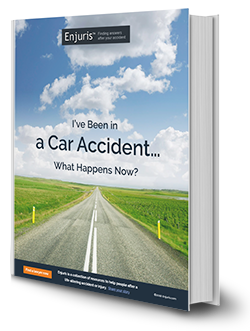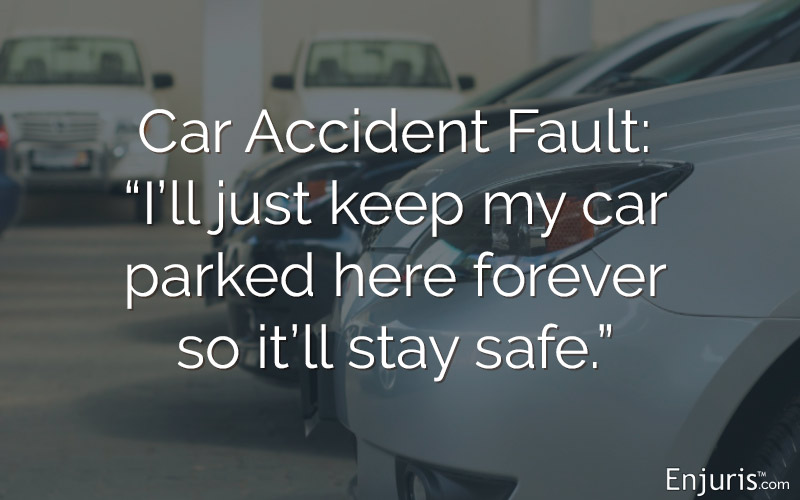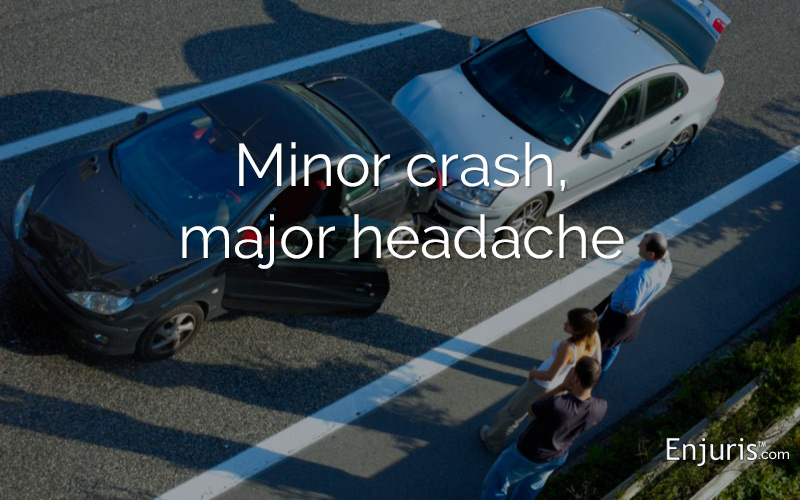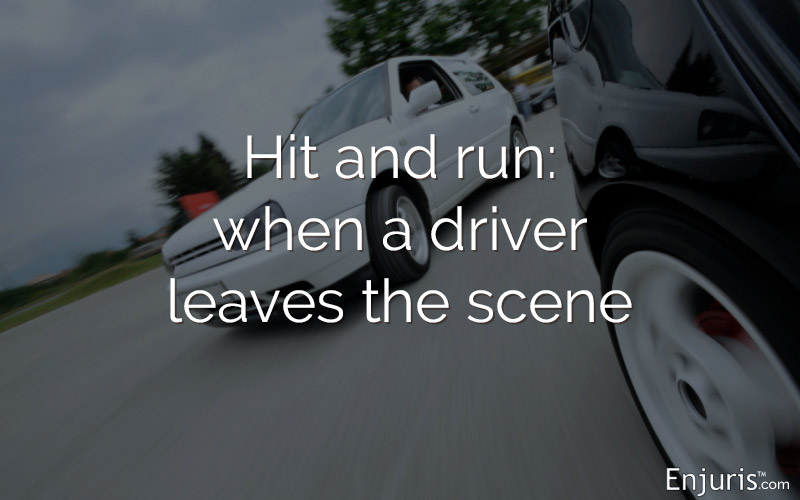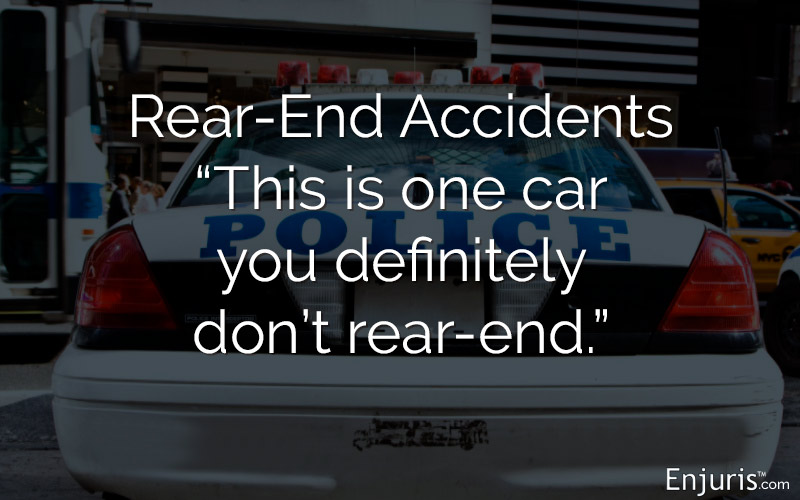Here’s how New Mexico handles liability after a car accident
See how New Mexico comparative negligence laws might affect the outcome of a car accident insurance settlement or lawsuit.
Is it science fiction or reality? It’s the truth that New Mexico is known for being the origin place of the atomic bomb. But the Land of Enchantment is also known for its robust cattle ranching, agriculture, lumber, and technology industries.
This state of just over two million people and about 121,280 square miles is the fifth largest state by area but 46th in population density. The state is largely rural, with only seven of its 33 counties containing a predominantly urban area.
The state is bisected by Route 25, which runs north/south; Route 40, which runs east/west; and there’s a short stretch of Route 10, which runs from Las Cruces west to Tucson, Arizona.
It’s important that if you’re traveling around the state by motor vehicle, you’re familiar with New Mexico car accident laws.
New Mexico car accident laws
New Mexico is an at-fault state
The person who is responsible for causing a car accident must pay the costs for other involved people’s injuries and property damage.
If you were injured in a New Mexico car accident, you’d need to pursue damages (payment) from the other driver’s insurance if the other driver was at fault.
Why should you file a New Mexico car accident lawsuit?
Starting with the basics, personal injury law is designed to make a plaintiff whole. That means that if you were injured by someone else’s negligence, you’re entitled to be restored to the financial condition you would be in if the accident hadn’t happened.
There are a few circumstances under which you can file a New Mexico car accident lawsuit:
- Your damages exceed the value of the at-fault driver’s insurance policy.
- You’ve filed a claim on your own insurance to cover the amount of excess damages and it exceeds your coverage.
- The insurance settlement offer is insufficient to meet your costs.
- The insurance companies can’t reach an agreement on which party is liable or how much the damages are worth.
Types of damages in a New Mexico car accident lawsuit
There are two types of damages in a personal injury lawsuit: economic and non-economic. Both of these are considered “compensatory damages.”
Economic damages are costs that have a specific financial value, including:
- Medical treatment, including doctor or hospital visits, surgery, prescription medication, diagnostics like X-ray or MRI, etc.;
- Assistive devices if the accident requires you to use a wheelchair or other external assistance;
- Ongoing therapies, like physical and occupational; and
- Lost wages, present and future, if the injuries prevent you from returning to work.
Each of these damages can be quantified and measured based on your medical bills and employment records.
Non-economic damages are costs associated with injuries that are not simple to quantify. Pain and suffering, mental anguish or PTSD, loss of consortium, loss of enjoyment of activities, and other issues matter deeply to the person they affect, but it’s harder to assign them a financial value.
The courts have methods for calculating non-economic damages. New Mexico doesn’t have caps on pain and suffering damages for a car accident claim.
New Mexico is a pure comparative negligence state
In a pure comparative negligence state, you can recover damages but they can be reduced according to your percentage of fault.
If I didn’t cause the accident, how could I be at fault?
The insurance company (or the court) could determine that even though you didn’t cause the accident, you could have reacted differently in a way that would have prevented the accident from happening.
It could be undisputed that the other driver caused the accident—they could have been driving recklessly fast, for instance, and you were driving cautiously. But, their insurance company could maintain that you should have seen the other car coming and braked in time to avoid the collision. The insurer might determine that they were 90% liable and you were 10% liable for the crash.
If that’s the case, any damage award you would receive would be reduced by 10%. For example, if expenses for your injuries totaled $50,000, then you would receive a damage award of $45,000.
New Mexico accident reporting requirement and statute of limitations
New Mexico Statutes Annotated §66-7-207 requires a police report if an injury or death occurs or if the damages exceed $500. If there are more than $1,000 in damage, there must be a uniform crash report completed by a police officer. This report must be submitted to the Department of Transportation within 24 hours after the crash. If the accident is not within city limits, it must be reported to New Mexico State Police or the county sheriff.
If the damage does not exceed $500, the victim of a crash may submit their report to the police department within five days following the accident.
New Mexico car accident statute of limitations
The statute of limitations is the amount of time in which you’re permitted to file a lawsuit. In New Mexico, you may file a lawsuit for a car accident personal injury within three years from the date of the accident. If you do not file within that time, you could lose the opportunity to do so.
This is different from your insurance company’s deadline; each insurance company sets its own rules and usually a claim deadline is much shorter for an insurance company than for a lawsuit. If you’ve been involved in a crash, it’s crucial to report the accident to your insurance right away, even if you’re not sure if you’re going to make an insurance claim.
10 most common causes of car accidents
- Distracted driving. Distracted driving is a serious problem. As people become increasingly dependent on cell phones for maps, podcasts, music, traffic reports, and other functions, there is a stronger pull to check their phones. But you should never, ever handle your phone or any electronic device while driving. Also, distraction can include eating, passenger behavior, personal grooming, or any other behavior that takes your mind, eyes or hands off driving.
- Drunk driving. You’re not allowed to drive if your blood alcohol content (BAC) is 0.08% or higher. Being under the influence of alcohol, drugs, or some medications can severely affect your driving and raises your risk of causing an accident. If the driver is under the age of 21, they are considered legally drunk in New Mexico if their BAC is .02% or higher. You may not drive a commercial vehicle in New Mexico if your BAC is .04% or higher.
- Aggressive driving. You’ve likely heard of “road rage,” which is when a person becomes so angry at another person that they might bully or physically harm someone on purpose because they’re annoyed. But there are other kinds of aggressive driving that don’t necessarily involve anger at a specific individual. Some drivers might be impatient and speed or swerve around cyclists or cars they think are going too slowly, make unsafe lane changes, or behave recklessly in some other way that could result in an accident.
- Speeding. Sometimes speeding is aggressive, and sometimes it is just carelessness. You might speed because you’re in a hurry or running late, but you shouldn’t. Speeding doesn’t get you to your destination any faster if you crash or get a ticket. And when you speed, you have less time to react to a traffic situation in front of you and less time to stop if necessary.
- Reckless driving. Similar to aggressive driving, reckless driving is any kind of action behind the wheel that’s unsafe. It might be speeding, weaving, dodging other cars, failure to stop at lights or stop signs, or any other number of reckless driving practices that break road rules or are unsafe.
- Inexperienced drivers. Your teenager might be the most responsible kid around, and they might care a lot about following road rules, driving at the correct speed, heeding stop lights and signs, and doing everything “right.” But younger drivers are inexperienced. That lack of experience could cause even the most careful driver to misjudge the speed of an oncoming car, poorly execute a turn, or make another mistake that results in an accident. And, some teenagers are more likely to take risks than an older driver would. Statistically, younger male drivers are most likely to make risky driving decisions.
- Tailgating. Tailgating is when a driver follows too closely behind the driver in front of them. Some tailgating is aggressive, but sometimes it happens because someone isn’t paying attention or simply doesn’t see the practice as dangerous. When traveling 55 mph, you should leave 16 car lengths (which is about 243 feet) between your vehicle and the car in front of you. Tailgating is dangerous because when you’re too close to another vehicle, you don’t have enough time to stop if you need to do so quickly. No car can stop on a dime, even if you react quickly. And, even if you stop very fast, there’s no guarantee that the driver behind you will be able to do so. As a result, tailgating can result in chain-reaction accidents.
- Weather conditions. When the weather is extreme, it’s best to stay off the roads when you can. But when that’s not practical or realistic, exercise caution and drive slowly.
- Failure to obey traffic laws. Traffic laws are more than just stopping at red lights. Following the speed limit, staying in your lane, passing bicyclists safely, and yielding to pedestrians are just a few of the many necessary aspects to driving responsibly. Be familiar with the traffic laws in your local area and state, and obey them at all times to reduce your risk of a collision.
- Failure to stop at a red light or stop sign. Although stopping for stop signs and traffic lights are part of following traffic rules, they’re also among the ones drivers break most often. Even if you think you’re driving through a “quiet” intersection, you must stop completely at stop signs and lights.
What to do after a car accident in New Mexico
- STOP. New Mexico law requires you to stop at the scene of any collision, no matter how minor. Failure to stop and provide your contact and insurance information at the scene can result in criminal hit-and-run charges. You can pull your car off the road and out of traffic if no one is seriously injured. Never attempt to move a seriously injured person.
- Call 911. A police report serves as valuable evidence that can be helpful to your insurance claim or lawsuit.
Even if you know or think you’re at fault, a police report can still help you. For instance, a plaintiff could try to claim that they were more injured than they actually were or that their car sustained more damage, but the police report will set forth the facts of the accident exactly as they’re assessed at the scene.
It’s important to cooperate with police officers, though you don’t need to make a statement of fault. You’re not required to make a statement about how the accident happened (and it’s probably best if you don’t), but you can and should provide factual information like your name, address, vehicle registration, and those types of answers when asked.
- Seek medical attention. Even if you don’t feel injured, visit a doctor or hospital anyway as soon as possible following a collision. Some car accident injuries like whiplash and head injuries could have symptoms that don’t appear for days or weeks after the accident. If you don’t have an immediate medical assessment of your condition, it can be difficult to prove that a later injury is related to the accident.
- Obtain witness information. In the moment, you don’t need to think about gathering witness statements. But it is important to be able to reach those people later. A well-meaning bystander might wait to make sure help has arrived or to see if everyone is okay and then leave the scene, figuring there’s no reason to stick around. But if anyone at the scene observed the accident — or the period leading up to it — they might have important, relevant information that can help with your case. Write down each person’s name, phone number, email address, and mailing address if possible.
You might also check to see if any surveillance cameras captured the crash on video. Many businesses and residences are equipped with cameras these days. If the accident happened somewhere that’s close to a business or home, you might be able to recover that footage. But be quick — most businesses will delete camera footage within a short time if they don’t think there’s a reason to save it. If you think there might be worthwhile information there, notify the business right away so the footage from that time period can be saved. - Take photos. Yes, a police report is important, but you’ve heard that a photo is worth a thousand words. If you’re not injured and are able to do so safely, take photos of the scene. Take pictures of the weather, any traffic signs or signals, the vehicles involved, other property damage, road markings, and anything else that might tell a story about how the accident happened and its aftermath. Don’t take photos of another person’s injuries, though, as this is an invasion of privacy (you may photograph your own injuries if you choose).
- Call your insurance company. A report isn’t the same as a claim. You don’t have to decide on the spot if you’re going to file a claim or not (you might decide to pay out of pocket, for instance). But if you don’t make a report immediately, you could lose the option to file a claim in the future if you decide that you want to.
- Finally, call a New Mexico personal injury lawyer. These cases can be complicated. Even if you’re not pursuing a lawsuit, a lawyer can help you negotiate an insurance settlement so you receive what you need in compensation.
Additional resources
Refer to this list of free printable documents that are designed to help organize your needs after a car accident. Documents include:
Did you know that car accident law varies by state?
Hurt in a car crash? You may find these resources helpful
Need a lawyer?
What does an injury lawyer do?
A personal injury lawyer helps individuals who have sustained injuries in accidents to recover financial compensation. These funds are often needed to pay for medical treatment, make up for lost wages and provide compensation for injuries suffered. Sometimes a case that seems simple at first may become more complicated. In these cases, consider hiring an experienced personal injury lawyer. Read more
Common car accidents
